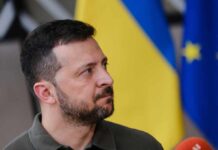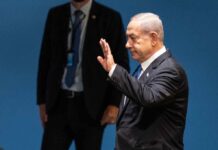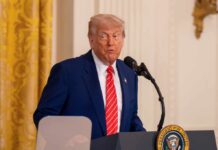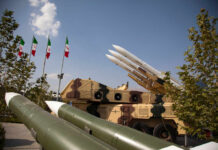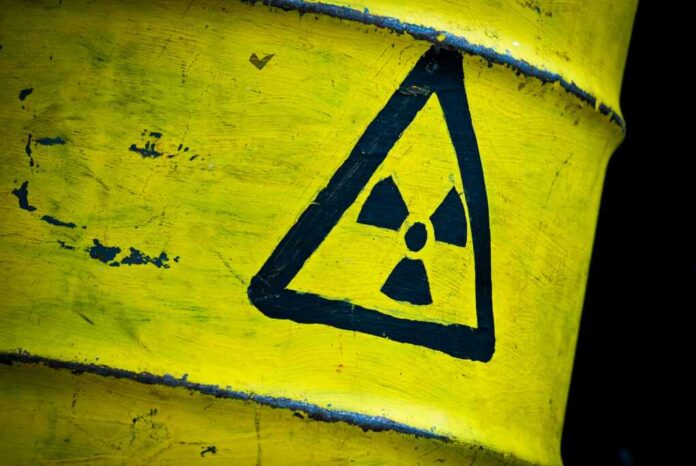
The disappearance of a uranium stockpile under international scrutiny highlights critical gaps in global nuclear regulatory systems.
At a Glance
- Iran’s nuclear threat has escalated, with significant advances reported since February 2024.
- Internal Iranian support for nuclear weapons is growing in light of Middle Eastern tensions.
- Iran’s lack of cooperation with the IAEA prompts questions about its nuclear program’s intentions.
- The IAEA warns a collapse of the nuclear nonproliferation regime could follow if diplomacy fails.
Escalating Nuclear Tensions
Iran’s nuclear program poses increasing global threats, with an alarming acceleration in its capabilities. Since February 2024, reports indicate Iran can potentially develop nuclear weapons at a faster pace, exacerbating international security concerns. Iran’s internal debates favor militarization, fueled by ongoing regional conflicts. This situation adds more urgency to global diplomatic efforts aimed at curbing potential nuclear proliferation in a volatile geopolitical climate.
Additionally, Iran’s refusal to collaborate with the International Atomic Energy Agency (IAEA) has generated further doubts. Thousands of advanced centrifuges are reportedly being built away from the watchful eyes of inspectors, raising the stakes in the ongoing debate over Iran’s nuclear intentions. The Institute for Science and International Security rates Iran’s nuclear threat level at an alarming 157 out of 180, marking the situation as extremely dangerous.
Nuclear Regulation Concerns
Iran’s nuclear program is under increasing scrutiny due to its obstruction of IAEA efforts. Reports of undeclared nuclear activities, combined with unsatisfactory nuclear declarations, exacerbate concerns over possible nuclear weaponization. Rafael Grossi, the IAEA’s Director-General, emphasized that the conflict in Iran threatens to undermine the global nuclear nonproliferation framework. His caution highlights the crucial need for diplomatic action to prevent catastrophic violence from erupting.
“The escalating conflict in Iran risks collapsing the global nuclear nonproliferation regime and if diplomacy is not pursued, violence and destruction could reach unimaginable levels.” The head of the International Atomic Energy Agency (IAEA).
Military strikes on Iranian nuclear sites by the US have sparked further debate over global nuclear security. Amidst this tension, Grossi has called for a concerted diplomatic effort to assess the situation and prevent further escalation. There is no confirmation of additional radiation at the affected sites, yet without external verification from the IAEA, uncertainty looms large over the current state of Iran’s nuclear facilities.
Future Implications for Global Security
Amid these developments, experts warn that attacking uranium enrichment sites generally presents minimal global risk of a nuclear disaster. Localized environmental hazards, such as toxic releases, pose the most significant threat. However, Iran’s evolving stance and threats from its officials send a dangerous signal about its nuclear aspirations and serve as a sobering reflection on the potential for increased nuclear arsenals worldwide.
“In my response, that same day, I indicated that any transfer of nuclear material from a safeguarded facility to another location in Iran must be declared to the agency as required under Iran’s safeguard agreement, and I expressed my readiness to work with Iran on this matter”. Grossi.
Ultimately, the disappearance of monitored uranium represents a glaring threat to international security. In response, global leaders are tasked with redefining nuclear regulation frameworks to combat this threat and maintain peace and stability. The coming months will test the diplomatic resolve of the international community as they navigate this complex landscape.


